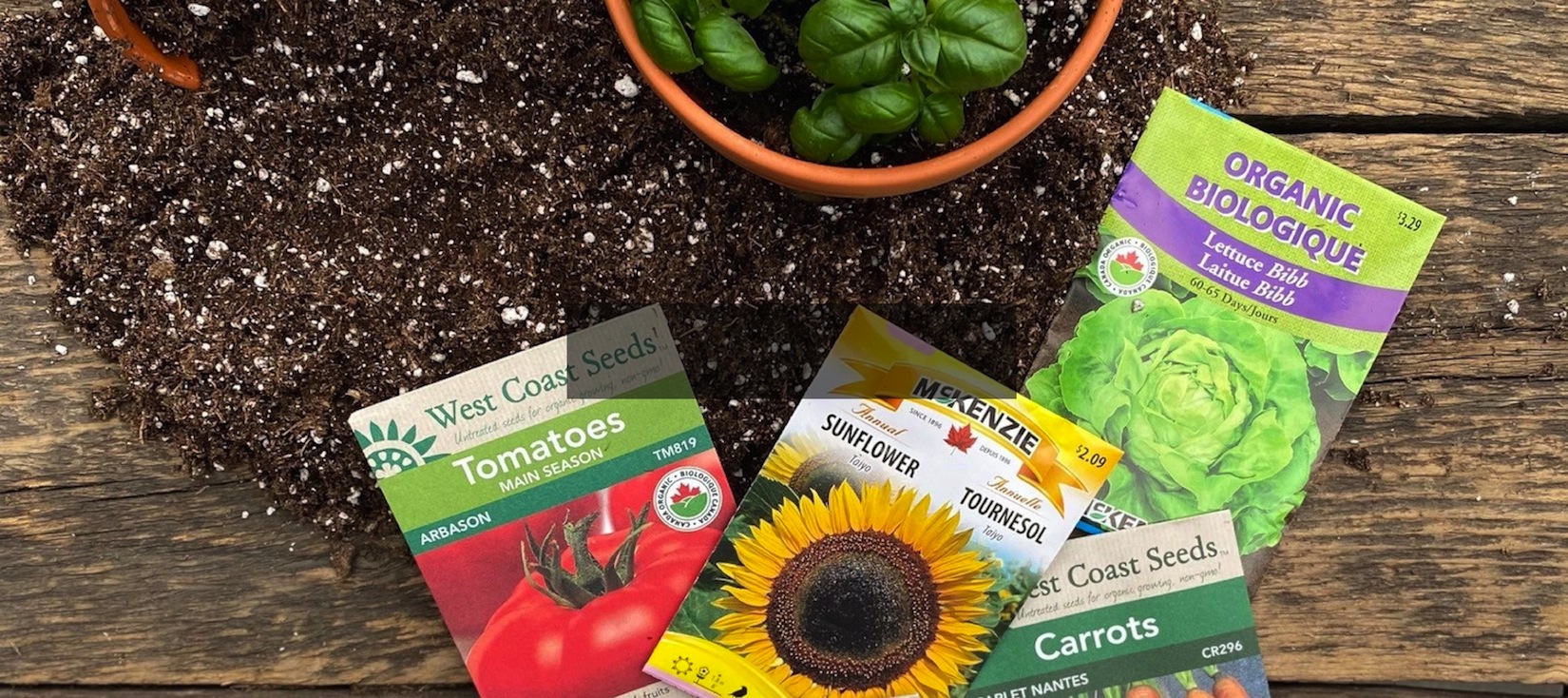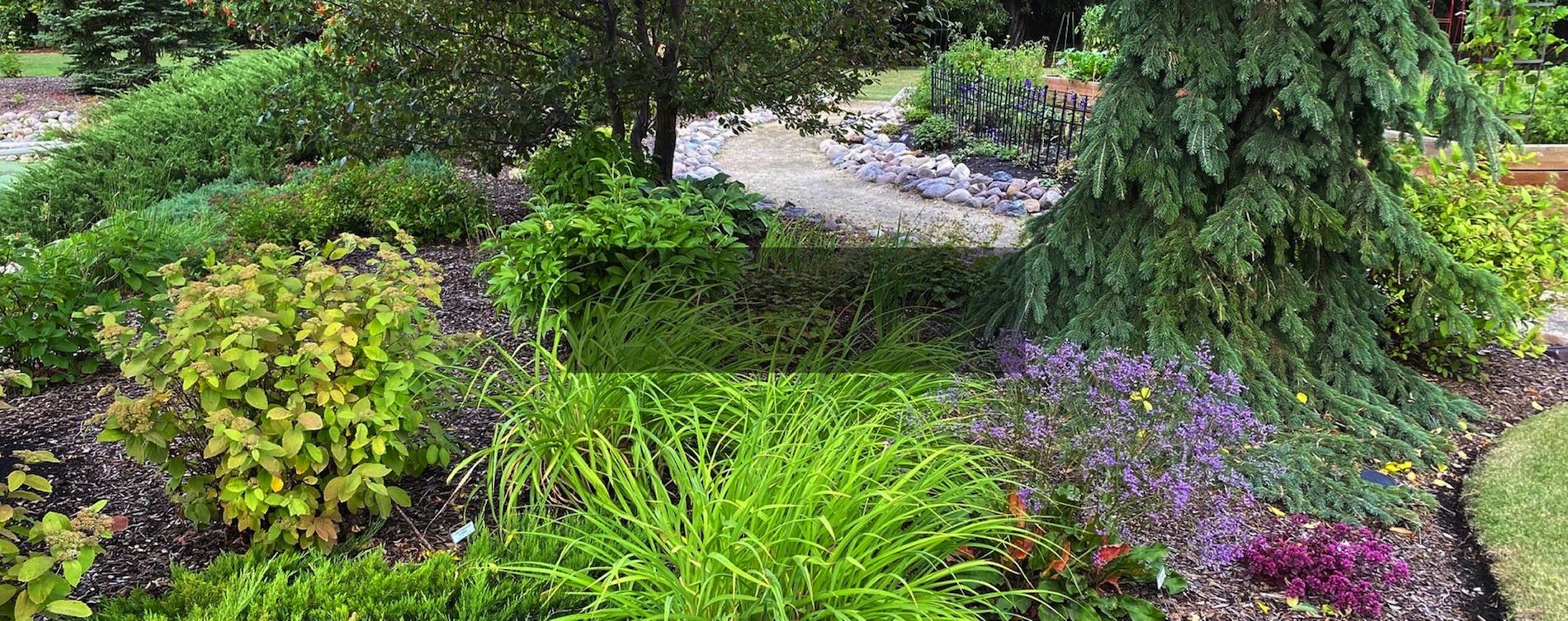Houseplant Propagation

Propagating houseplants is an easy and economical way to create more tropical plants for you to enjoy. Here are various methods to try:

Tip Cuttings
The most common type of cutting. Most houseplants can be propagated this way including Pothos, English Ivy, Rubber plant and almost all members of the Dracaena family. Take cuttings from healthy tips, cutting carefully just above a leaf. When taking the cuttings aim for a cutting of about 4-6 inches, with a few sets of leaves. Strip off the lower 2-4 leaves (leave at least two leaves on the cutting so that it can continue to
produce food for itself). Dust the cutting in rooting powder and stick into seed flats or clean pots filled with moistened potting mix, perlite or vermiculite.
Cover the pots with humidity domes or sandwich bags and keep in a brightly lit, warm spot. If possible, provide flats/pots with a heat mat. These inexpensive mats speed up the rooting process. Once the cuttings are rooted (after a few weeks) you can test them by gently tugging on them and if they provide resistance, they are rooted in and the plastic can be removed. The other sign that they have rooted is the presence of new growth

Eye
This propagating method is great for producing a lot of plants from very little ‘mother plant’ material. It works very well for Pothos, English Ivy and Heartleaf Philodendron. It is also great to renovate an overgrown plant with very long stems.Simply cut off a long stem as close to the base as possible. Take the stem and cut it into smaller sections each having a leaf and a bit of stem. The cutting will have a ‘T’ shape to it. It is important to have a piece of stem attached to the base of the leaf as this is where the new growth will arise. Dust the cut portions and place them into the pot/flat with moistened potting mix and cover with plastic.

Layering
This method of propagation works great with Pothos and English Ivy. Simply set up several smaller pots with moistened potting mix, place near the mother plant and pin a section of stem into the pot with either a safety pin or a paper clip. The advantage is no plastic is needed to cover the pots. When rooted, simply clip away the stem from the mother plant.

Air Layering
This method of propagation is for more difficult to root plants such as Rubber Trees. Make an upward slanting cut into the main stem about 4 to 6 inches below the tip. Prop the cut portion open and dust with rooting hormone powder. Then pack sphagnum moss into the cut portion and carefully wrap this with clear plastic and secure with elastic bands. When roots are seen on the outside of the moss, carefully cut the stem BELOW the area that has rooted and pot up in an appropriate sized pot.

Stem
This method works great with Dieffenbachia that is overgrown with long stems. Cut up portions of stems about 4 to 6 inches long and either root in water or pot up in moistened potting mix. Dust the cut portions with rooting hormone powder. You may cover the pot with plastic but watch for mold and remove the plastic in case this appears. It is important that you make note of the direction of the stem cutting. The bottom of the cutting is the part that is planted in the soil. When taking your stem cuttings, cut the ‘bottom’ portion of the cutting at a slant and trim the top portion level so that you will know which way is up.

Offsets
This method of cutting is great for plants like Spider plants. Simply take the offsets that form and either pot them up keeping them attached to the mother plant or separate them, pot them up and cover with plastic. Rooting hormone powder is not required but will help the rooting process.

Leaf
This method of propagating is not that common, but works well for Begonias and Snake plants. With Snake plants, simply take sections of the leaves and pot them up in pots of moistened soil. There is no need to cover with plastic because snake plants are already quite fleshy. Begonia leaf cuttings are done simply by taking a healthy leaf, pinning it to the soil and making slits in an ‘X’ pattern. Cover them with plastic and in a few weeks you will see new plants emerge from the cut portions. When large enough to handle, these can be separated and planted.





